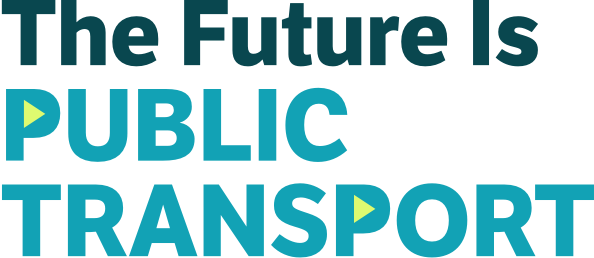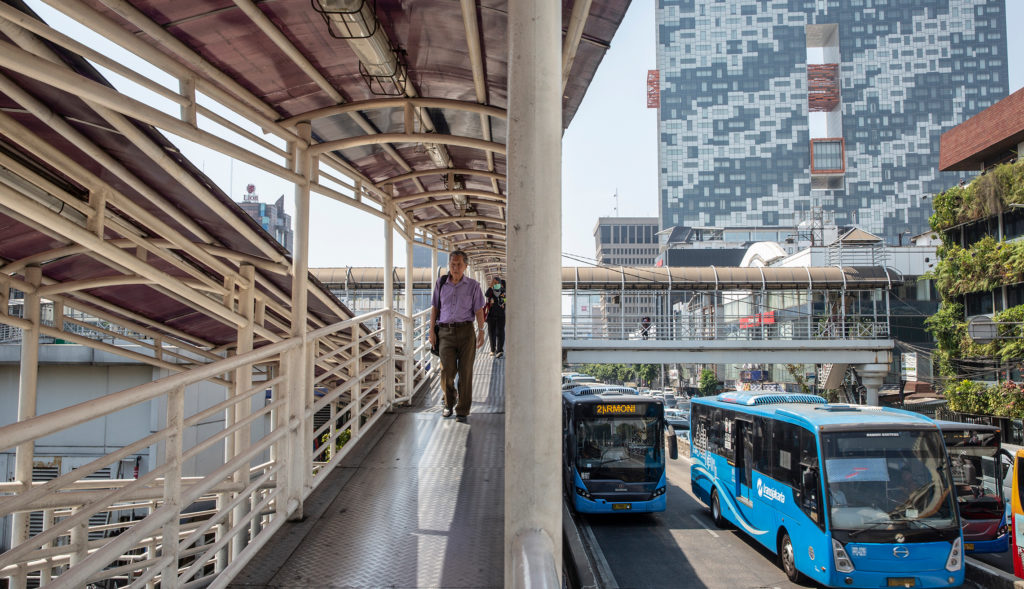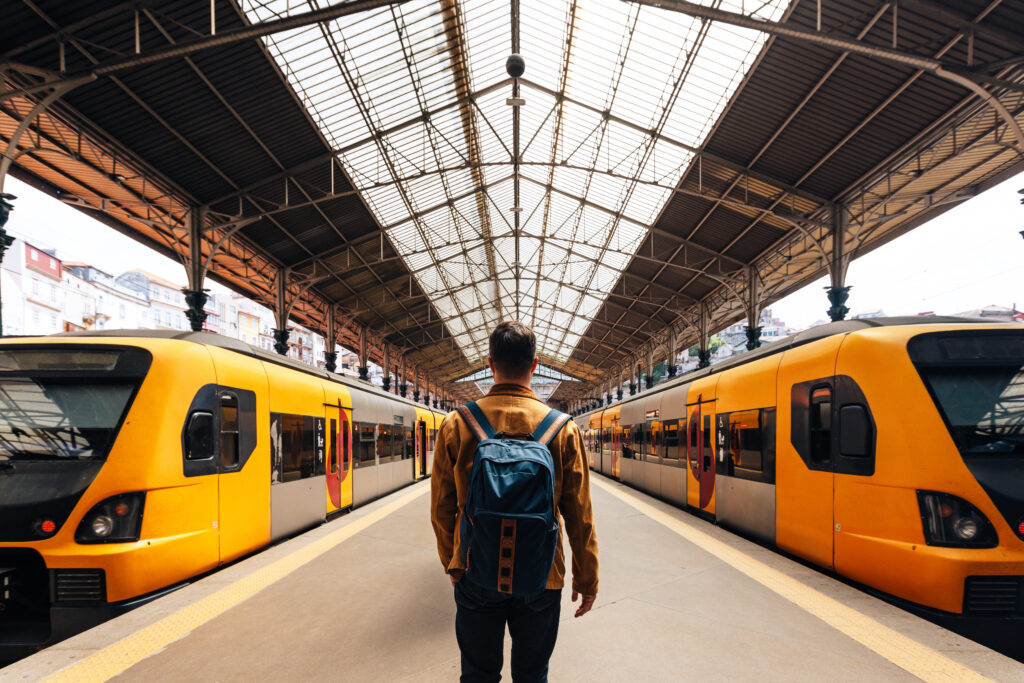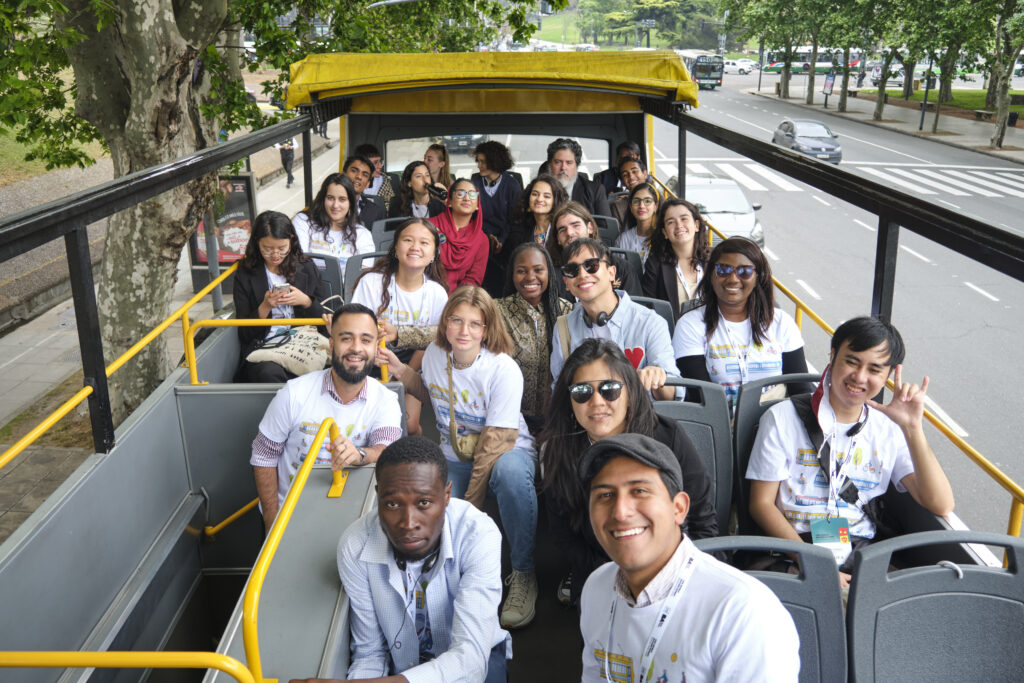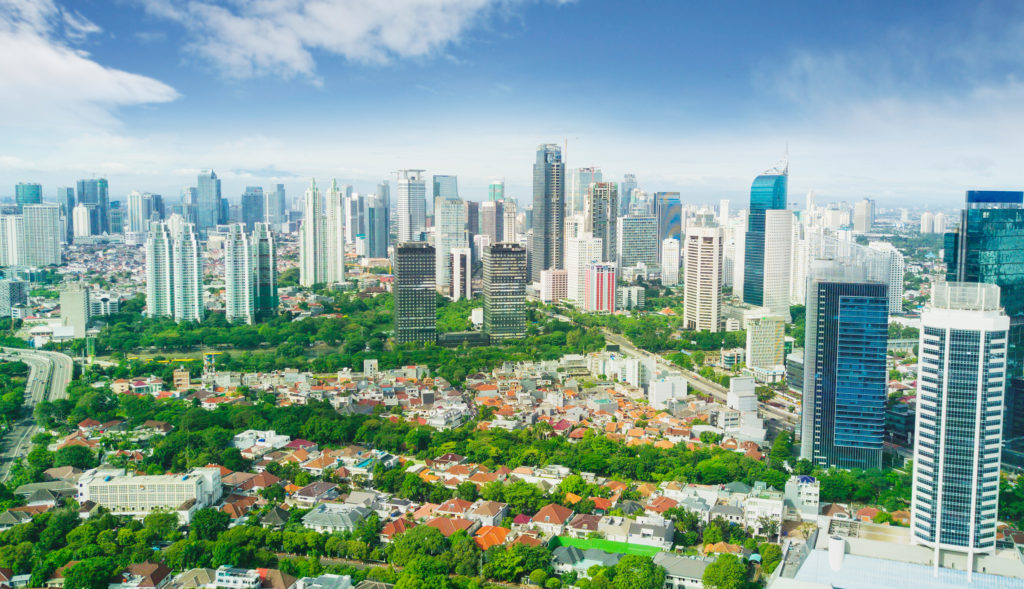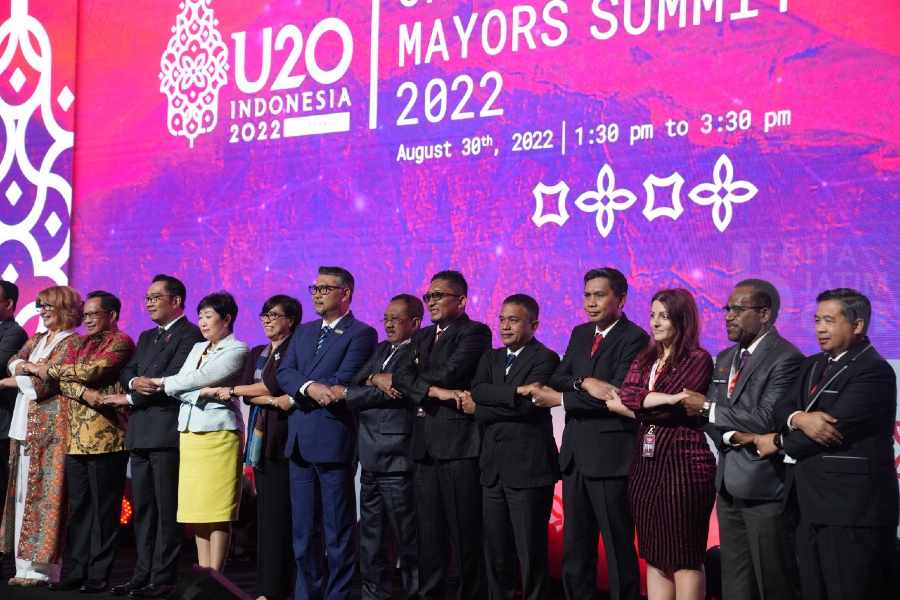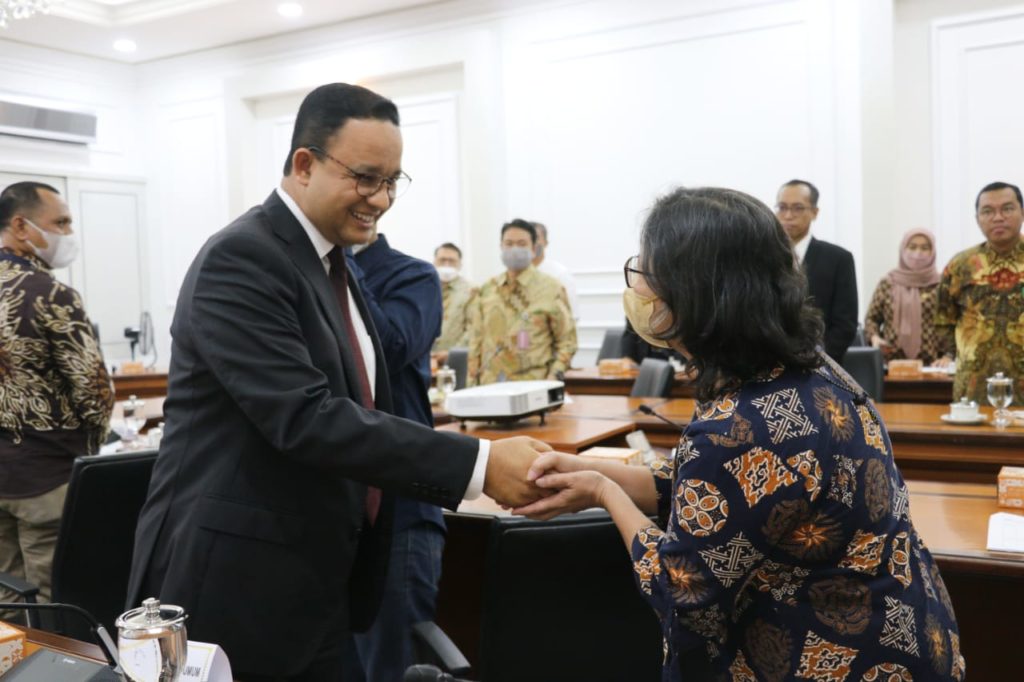Jakarta
(last update: Jan 2023)
Jakarta has shown the transformation of public transport that can be achieved when it is made a political priority.
The city has led the way in improving access, affordability and convenience for its citizens. It has done this by investing in widespread and fast expansion of public transport infrastructure but importantly through including the existing informal sector into the improvement of transport in Jakarta.
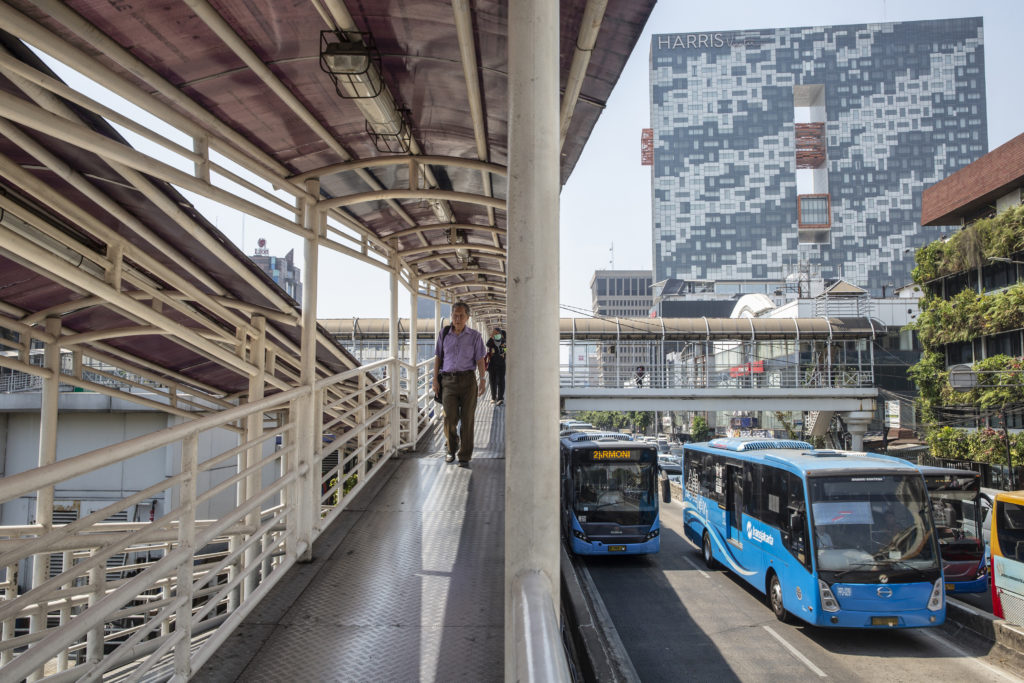
Expansion
Jakarta is a city of 10 million whose transport network serves 30 million in the greater city area. Between 2017 and 2021 the city saw its public transport coverage doubling from 42% to 82%. The expansion of transport infrastructure started with the world’s longest Bus Rapid Transit which opened in 2004. The Bus Rapid Transit consists of a system of bus-only lanes and stations that means passengers can travel around the city separate from regular traffic unaffected by the congestion in the city. The Bus Rapid Transit system is the longest in the world at 251.2km in length, operates about 4,300 buses, serving over 1 million passengers daily.
Expansion of infrastructure has been designed to provide quicker and easier connections between public transport modes. The redesign of the Cakra Selaras Wahana transit hub, which connects different modes of transport, and provides smoother connections from Transjakarta Corridors 1 and 13 (serving 90,000 and 25,000 passengers respectively) to the Mass Rapid Transit system, serving 100,000 passengers per day. When first completed the station, despite its high elevation and spread over multiple levels, was only connected by a 117-step staircase. The redevelopment of Cakra Selaras Wahana meant that by mid-2019 the station was fully connected with elevators and escalators, as well as providing a thriving commercial and creative space.
Integration
Jakarta had, and continues to have a large network of informal transport, or paratransit. In the expansion of formalised public transport systems the city recognised that it was essential to incorporate and seamlessly integrate the existing paratransit networks.
Transjakarta began integrating its services with existing paratransit operators in 2018 under a pilot scheme called Ok-Otrip (now called Jak Lingko). A key part of this plan was to incorporate a universal ticketing system for paratransit service within the Transjakarta system. The integration pilot carefully engaged key stakeholders, this resulted in existing paratransit operators signing a multi-year contract with Transjakarta allowing passengers to use a combination of Mikrotrans (small buses) and buses under an integrated fare for a three-hour period using non-cash payment. By using the Mikrotrans, Transjakarta can now run services on narrow roads providing greater access to more passengers in the densely populated areas, such as urban kampongs (urban villages). As well as improving access the integrated ticket or Jak Lingko reduces the cost of travel from 30% to 10% of a person’s income.
The Jak Lingko scheme aims to physically integrate Transjakarta and the recently established Mass Rapid Transport Jakarta, Light Rail Transit Jakarta, and commuter trains run by the state government (KAI). Operators of these different transport systems have been working on integrating the passenger transfer facilities as part of Jak Lingko. In 2020, four integrated stations were built, including: Tanah Abang, Senen, Juanda, and Sudirman/ Kendal. In 2021, another five stations were integrated: Tebet, Palmerah, Gondangdia, Manggarai and Kota. These infrastructure projects have made transfers quick and easy between the transport modes and improved pedestrian access to the stations.
Green jobs
Investment in public transport in Jakarta will act to stimulate the local economy in several ways.
The first way is the most simple, jobs are directly created by the new investment, either in construction or operation of public transport and related infrastructure. Jobs are also made indirectly through the increased spending on goods and services for construction or operations, for example, jobs manufacturing rail components for new rail lines. Finally, jobs are also created by newly employed workers spending their salaries on services like food or retail.
C40 and ITF research showed Jakarta would gain 403,300 public transport jobs while Indonesia as a whole would gain 792,700 additional jobs between 2021 and 2030 following Paris Agreement-aligned bold public transport investments.
The future of public transport in the city
The integration of transport networks and expansion in coverage means that the city is on track to provide 95% of all residents with public transport access within 500 meters of their home. The city is aiming for this impressively improved access and integration to result in a clear shift in transport mode. The city has a target mode share of 60% public transport 40% private transport by 2029, from 25% public transport 75% private transport in 2019.
Additionally, the city has plans to electrify the widespread public transport in the city with a target to have 10,000 electric buses in service.
